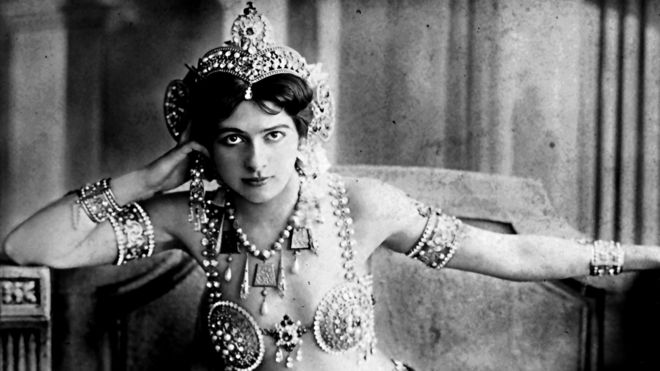On the morning of 15 October 1917 a
grey military vehicle left the Saint-Lazare prison in central Paris. On
board, accompanied by two nuns and her lawyer, was a 41-year-old Dutch
woman in a long coat and a wide, felt hat.
But then came the war, and the world changed. She thought she could keep charming her way around Europe. But now the men in top hats wanted something more than sex. They wanted information.
And that meant spying.
This was Mata Hari, and she was about to be put to death.
Her crime? Being an agent in German pay, gleaning secrets from Allied officers who she slept with, and passing them on to her paymaster, leading to lurid newspaper claims about her being responsible for sending thousands of Allied soldiers to their deaths.
But the evidence presented at her trial, plus other documents, cast a different light: that she was actually a double agent and may have died as a scapegoat.
Now, exactly a hundred years on, new light has been shed on the most famous woman spy of all time with the release of hitherto unseen documents by the French defence ministry.
These include transcripts of her interrogation by the French counter-espionage service in 1917. Some are also on display at a new exhibition at the Fries Museum in her hometown of Leeuwarden in the Netherlands.














No comments:
Post a Comment